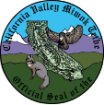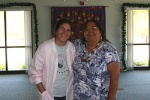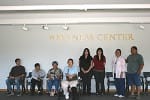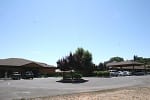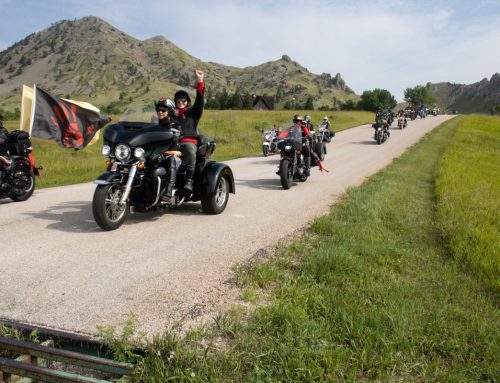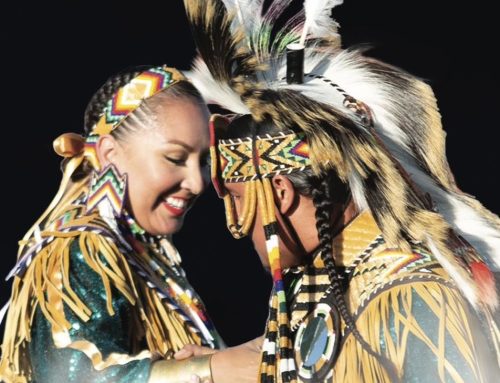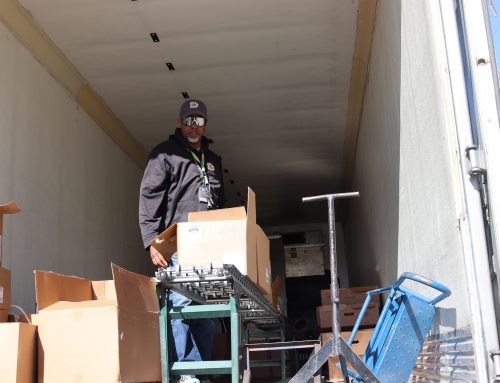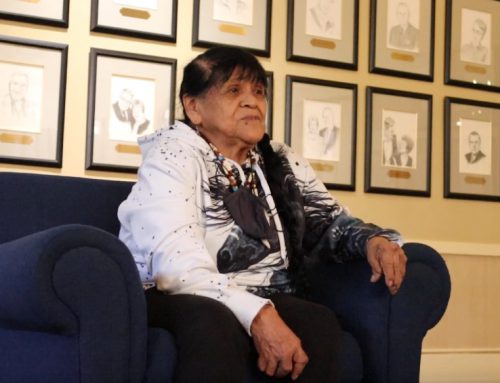The California Valley Miwok Tribe (located at 10601 N. Escondido PL, Stockton, CA, as listed in the Bureau of Indian Affairs’ BIA/DOI Spring 2011 Tribal Leaders Directory), a federally recognized tribe eligible to receive and distribute services from the federal government – on Monday, August 22, 2011, CVMT representatives attended a co-tribal meeting and informative tour, hosted by officials of the Consolidated Tribal Health Project, Inc., located at 6991 N. State Street, Redwood Valley, California, 95470 – for the benefit of the attending tribes. In attendance were Chairperson Silvia Burley, Secretary/Treasurer Rashel Reznor, Tribal Artisan and Elder Mildred Burley and Consultant Tiger Paulk of the California Valley Miwok Tribe. Attending for the Ione Band of Miwok Indians were Chairperson Yvonne Miller and tribal members Randy Yonemura and Pat Blue, accompanied by their good friend Arron. Hosting the tour and leading the discussion were Ms. Atta Stevenson, Indian Water Commission President and member of the Cahto Tribe of Laytonville and Doctor Maryann Gonzalez of the Consolidated Tribal Health Project, Inc..
Upon the Tribe’s arrival, all attendees were taken to the intake and waiting area, which was very comfortable and had an adjacent transportation office, conveniently located to provide transportation to scheduled patients. In fact, there is even a toll-free access number that you can phone to check, schedule appointments, leave messages or ask the attending physician questions and you can even obtain a free bus pass. Also, there is an outreach program that helps you to get all of your needs met, including delivery of needed medications directly to your home. As you leave the intake center, you notice the room’s big screen television, which broadcasts programs that address health issues and are produced and directed by Native Americans, specifically oriented to the Native American community. Along with the medical facilities is a full-service dental office, which has eight seating stations and everything from teeth cleaning to root canals are performed here. To participating Native Americans, these services are offered at no cost or just a fraction of what you would pay elsewhere and payment plans are scheduled around what a patient can afford.
The tour then proceeded by the offices of Doctor Tajada, whom is a doctor of podiatric medicine and a foremost expert in working with specific Native American issues. He boasts a 98% success rate on the avoidance of amputation of limbs, due to poor circulation and diabetes. The clinic even provides diabetic services to patients free of charge. Part of the tour also encompassed an on-site, fully-equipped exercise facility, boasting a vast array of machines and is supervised for patient safety. After touring the clinic’s many offices and services, we finally came to be in what is called the “Wellness Center”. The Wellness Center has many purposes; meetings, seminars, celebratory, cultural events, prayers, blessings and mourning, just to name a few. One looks upon scenic orchards and mountains from the Wellness Center windows, which help to instill a tranquil atmosphere in this place, also intended for inner healing. Ms. Atta Stevenson and Doctor Maryann Gonzalez then gave the history of what it took to establish the facilities which we were privileged to tour on this day, from the dream of independence for these local tribes in acquiring their own very functional form of health care, encompassing litigation, the gathering of resources and the acquiring of finances, to facility location and construction.
As an observer, this is a dream that all tribes should realize, being in control of your own healthcare facility and being able to offer expanded services within your indigenous communities. This should be viewed as not only a priority of sovereignty, but understood that only true Native American leadership, whom reside within the communities of those whom need these services, can truly understand those individuals’ needs; for in addition to physical healing, this facility also addresses spiritual, emotional and social issues that are specific to the Native Americans that they serve. The main focus of the visit was in regards to healthcare initiatives and ideas for both the Ione Band of Miwok Indians and the California Valley Miwok Tribe, but also discussed were issues regarding FEMA, water rights and tribal issues in which Chairpersons Yvonne Miller and Silvia Burley and Ione Tribal member Randy Yonemura were participants in.
There is so much more to this story than the words written here, for this is truly a model to follow in providing full-service healthcare to Native Americans, so we thank Ms. Atta Stevenson and the participating tribes: The Coyote Valley Band of Pomo Indians, the Hopland Band of Pomo Indians, the Potter Valley Tribe, Pinoleville Pomo Nation and the Cahto Indian Tribe of Laytonville, in helping to realize this dream and for pioneering this type of facility to better serve the needs of their Native American communities.
or visit them at http://www.cthp.org/.

